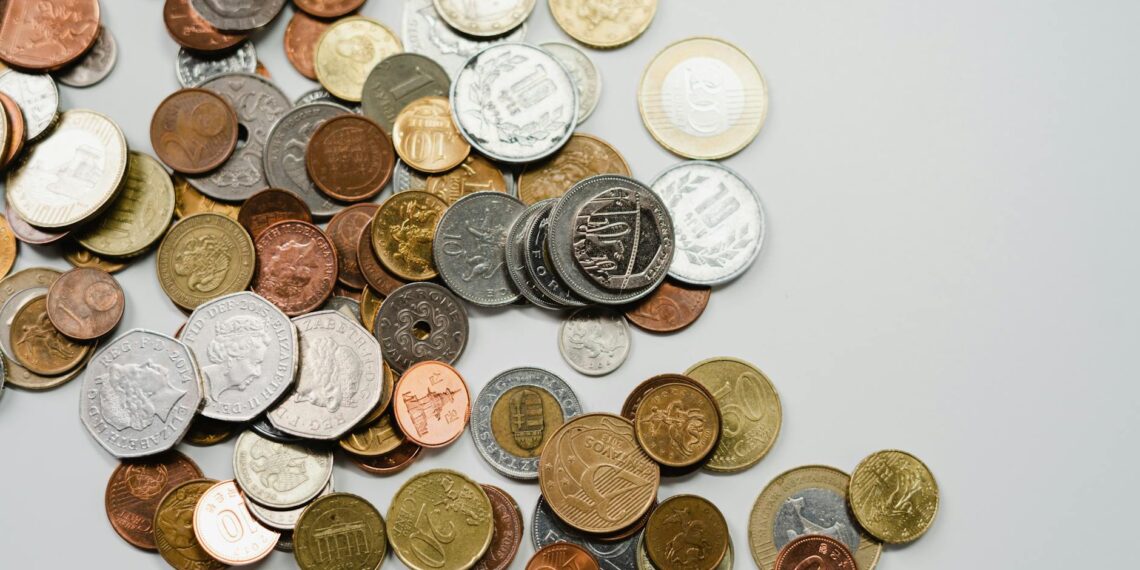Coins issued during the reign of Emperor Valentinian I offer a glimpse into the late Roman Empire, a period of both challenges and attempts at stabilization.
Key features
- Materials: Coins were minted in various metals, including gold (solidus), silver (siliqua), and bronze (AE3 and centenionalis).
- Obverse: Valentinian I’s portrait typically appears on the obverse (front) of his coins. The portrait often depicts a pearl diadem, draped clothing, and military cuirass, symbolizing imperial power and military authority.
- Reverse: The reverse designs vary but often showcase themes of security, military victory, or the emperor’s piety. Common reverse depictions include:
– Securitas Reipublicae: Victory walking left, holding a wreath and palm branch.
– Restitutor Reipublicae: The Emperor standing, holding a standard and Victory on a globe.
– Gloria Romanorum: Victory advancing left or the emperor dragging a captive.
- Mintmarks: Mintmarks, such as “CON” for Constantinople or “SMKAP” for Nicomedia, identify the mint where the coin was struck.
- Christian Symbols: Some coins from this era, particularly gold solidi, feature Christian symbols like the Chi-Rho emblem on the emperor’s standard.
- Medallions: Large ceremonial medallions, possibly used for special presentations or rewards, also exist from Valentinian I’s reign. These can have more elaborate depictions, such as the emperor defeating barbarian enemies.
Significance
Valentinian I is often referred to as the “last great Western emperor” due to his successful rule and the rapid decline that followed his death. His coinage reflects his reign as a pragmatic soldier-emperor who prioritized strengthening the Roman military and securing the borders amidst increasing internal and external threats. The imagery on these coins was used to convey imperial ideals and connect the emperor with his subjects.
Valentinian I coins are a popular area for collectors of ancient Roman currency. They can be found in various conditions and price ranges, depending on the type, metal, rarity, and preservation.











Which Roman coins are worth money?
Galba Aureus: a highly coveted rare Roman coin. …
Augustus Aureus: one of the rarest Roman coins. …
Brutus Aureus: a rare Roman gold coin of great value. …
EID MAR Denarius: among the rarest Roman coins in existence. …
Titus Colosseum Sestertius: a historically significant rare Roman coin.
Who was the emperor Valentinian I?
Valentinian I was a prominent Roman emperor who ruled from 364 to 375 CE, having been proclaimed emperor by army commanders. He took control of the Western Roman Empire and appointed his brother Valens as co-emperor in the Eastern regions.
Are ancient coins worth anything?
Absolutely! Ancient coins can be incredibly valuable. Their value is determined by a combination of factors, including their age, rarity, historical significance, condition, and the metal they’re made from.